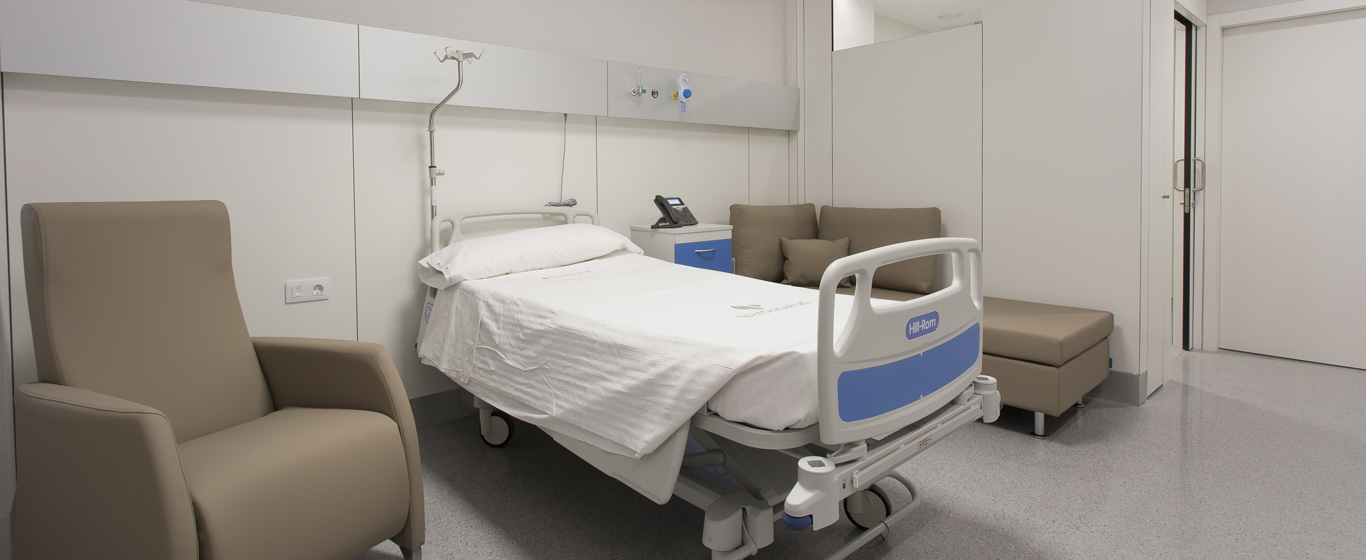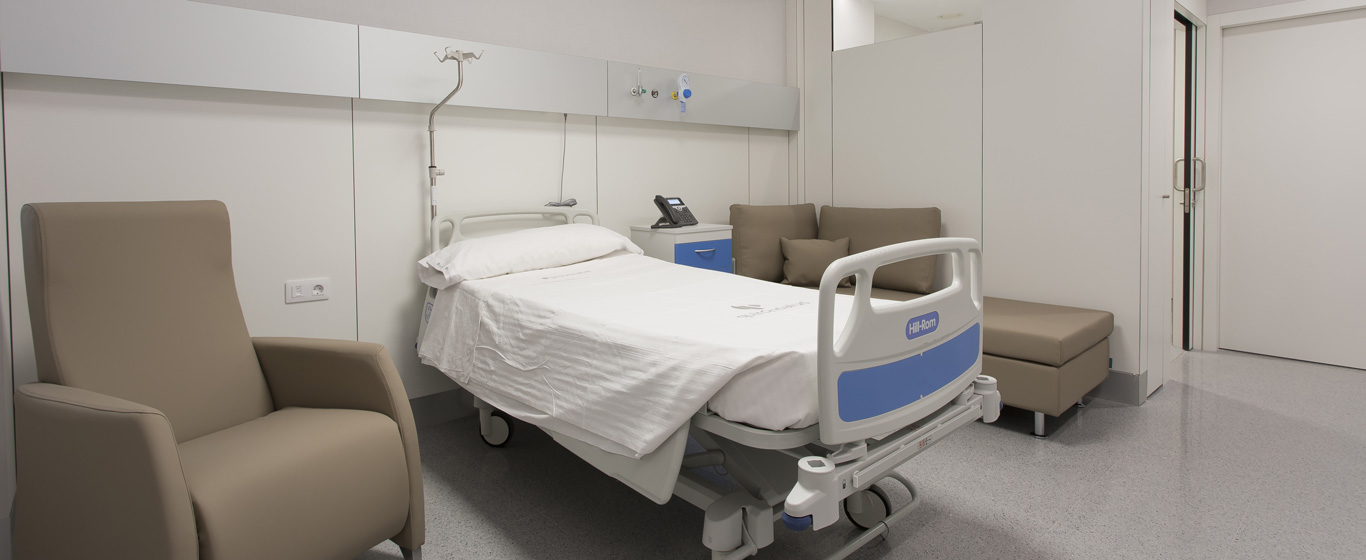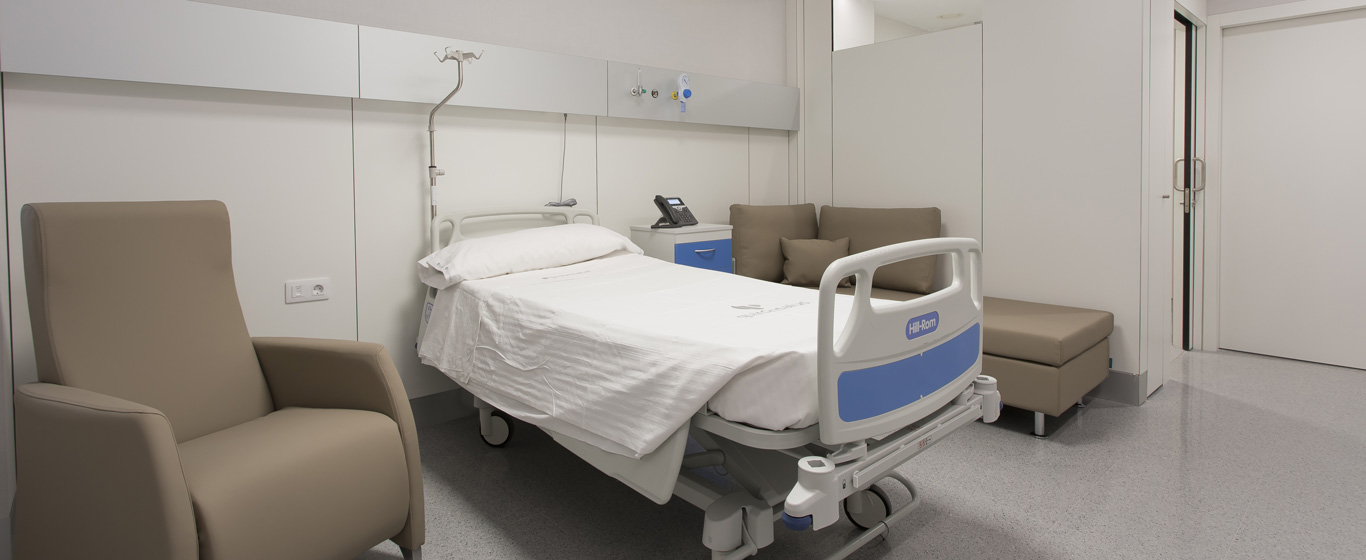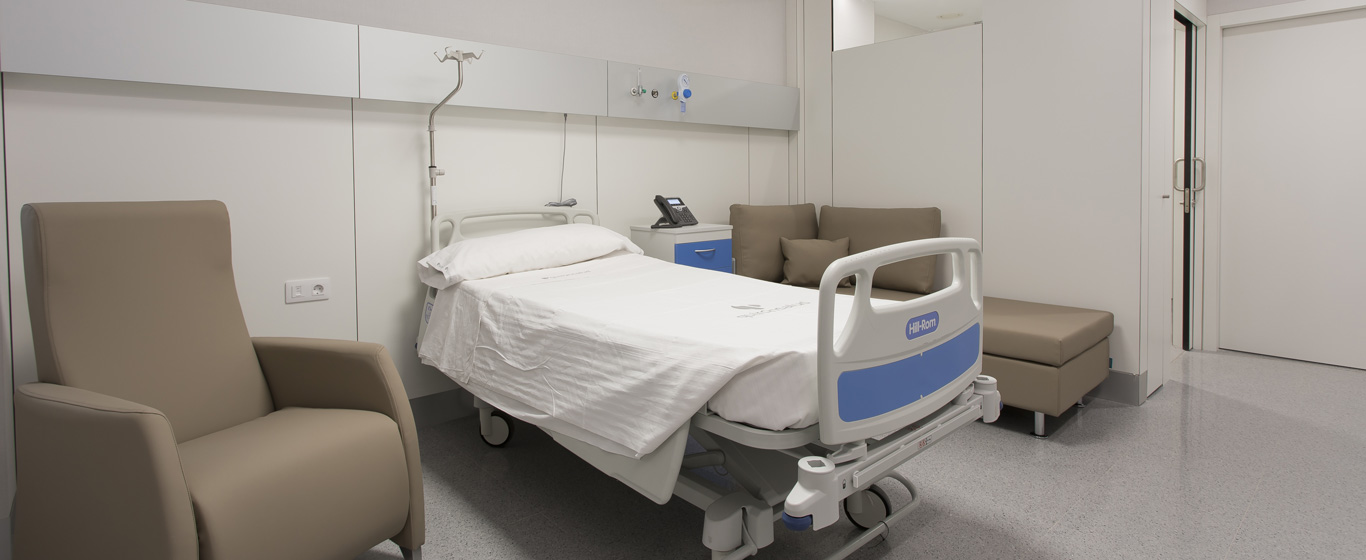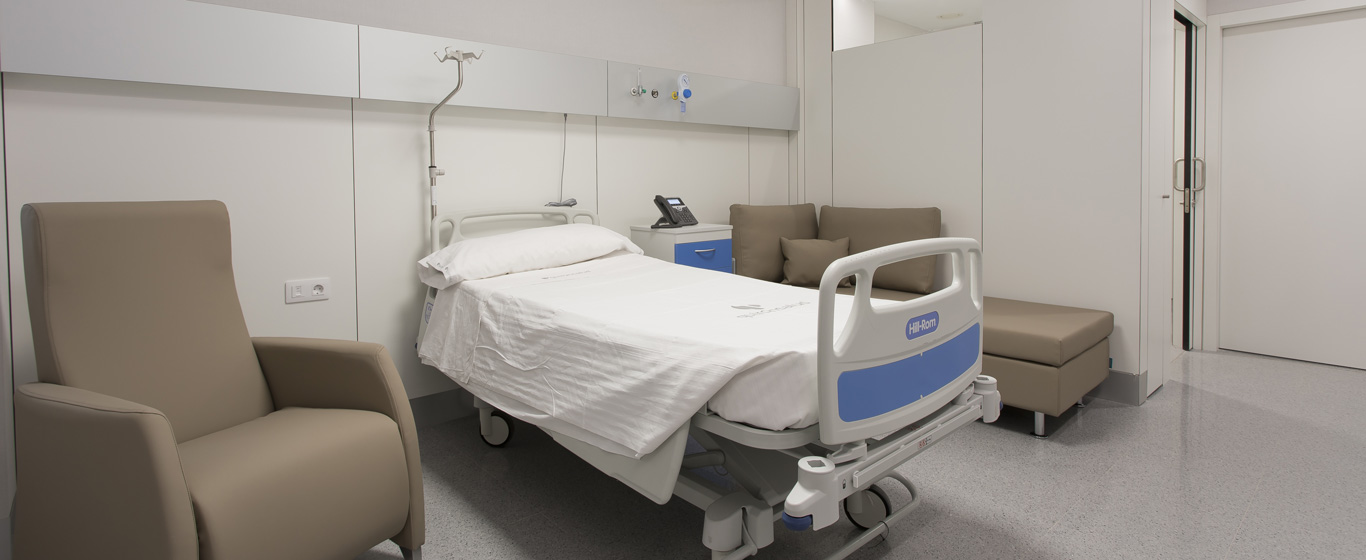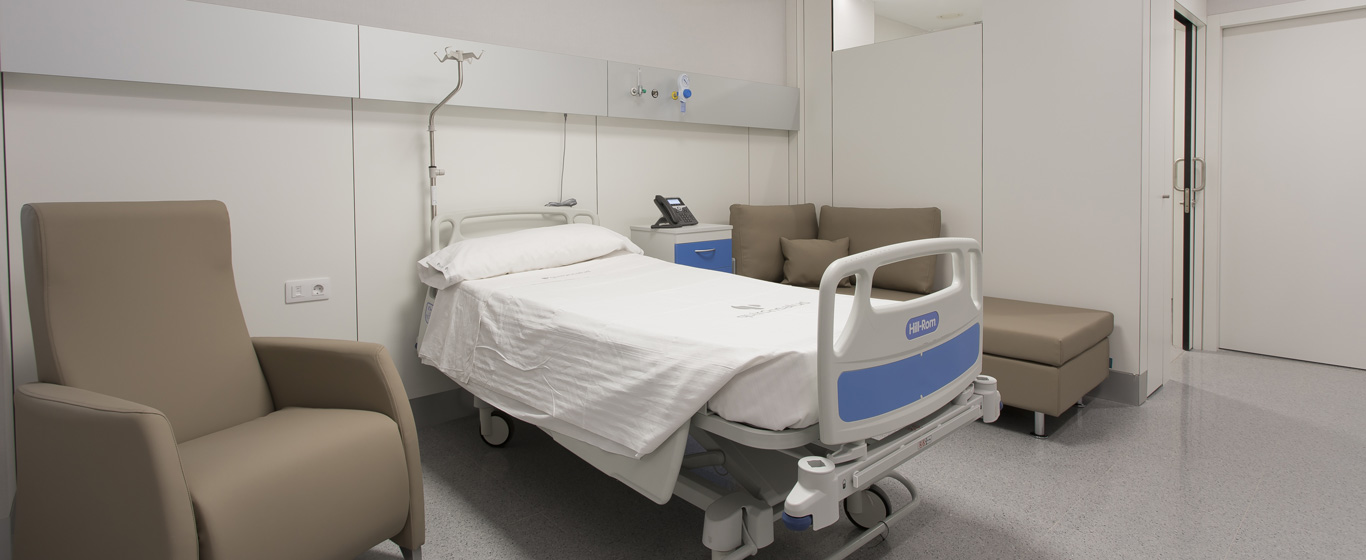HPV Test
The HPV test confirms or rules out the presence of the human papillomavirus. In female patients, the procedure involves collecting and analyzing a sample of cervical cells. In male patients, external lesions caused by HPV are identified through the application of a special solution.

General Description
The HPV test is used to detect the presence of high-risk types of the human papillomavirus, one of the most common sexually transmitted infections (STIs). There are over 200 varieties of HPV, but only about 40 are sexually transmitted. Although most of its types are harmless, cause no symptoms, and resolve on their own, some variants of the virus are dangerous:
- Low-risk oncogenic human papillomavirus: these include types 6 and 11, which most commonly cause genital warts in the genital area, anus, mouth, or throat.
- High-risk oncogenic human papillomavirus: this group includes types 16 and 18, the most significant risk factor for cervical cancer. This group is also associated with cancers of the vulva, vagina, penis, anus, and some types of oral and throat cancers.
HPV screening tests are performed in women. There is no specific test to detect high-risk HPV in men, although it is possible to conduct a test to identify subclinical lesions caused by HPV.
When is it indicated?
An HPV test is typically indicated in the following cases:
- Abnormal results in a Pap smear: appearance of atypical squamous cells.
- Patients whose sexual partner has been diagnosed with HPV.
- Presence of genital warts.
- Women between the ages of 25 and 65: it is recommended to undergo the test regularly, every five years.
- People with HIV or a compromised immune system: they are more likely to contract the virus.
- Women with a history of cervical cancer.
How is it performed?
The HPV test is similar to a Pap smear, and both tests are typically performed together. First, a speculum is inserted into the vagina to separate the vaginal walls, allowing for visualization of the cervix. Then, samples of cervical cells are collected using a small brush, swab, or spatula. The sample is then analyzed in the laboratory to detect the presence of the virus.
In men, a procedure called penoscopy, or urethral cytology, is performed. It involves applying a gauze soaked in an acetic acid solution to the penis, wrapping it and leaving it in place for a few minutes. Afterward, the gauze is removed, and the penis is examined with a magnifying lens. Subclinical HPV lesions, which are not visible under normal conditions, react to the acid and appear whitish, indicating the infection. If the result is positive, the next step is to perform a biopsy.
Risks
The HPV test is a simple and safe procedure that poses no complications. However, as with any screening test, there is a minimal risk of obtaining a false negative or a false positive. A false positive can lead to unnecessary additional procedures, while a false negative can delay diagnosis and, consequently, treatment.
What to expect from an HPV test
Before beginning, the patient removes clothing from the lower part of the body and lies on the exam table with their legs raised and placed in stirrups. The HPV test is not a painful procedure, but some discomfort or a feeling of pressure may be felt when the speculum is inserted and when the samples are collected. It is also possible to experience very light bleeding afterward.
In a penoscopy, a stinging sensation is likely to be felt when the acetic acid is applied, especially if it is applied to the scrotum, as its skin is highly sensitive to chemicals.
Both tests are outpatient procedures of very short duration, after which the patient can resume normal activities without issue.
Specialties requesting the HPV test
The HPV test is requested in gynecology and obstetrics, as well as urology consultations.
How to prepare
It is preferable not to schedule the test during the menstrual period, as menstruation can affect the quality of the collected sample. Additionally, two days before the test, sexual intercourse and the use of tampons, medications, vaginal creams, and gels should be avoided.
In the case of a penoscopy, sexual intercourse and the use of genital creams should also be avoided during the two days prior.






